The Underground Railroad Trails at Guilford Woods - Guilford College, NC
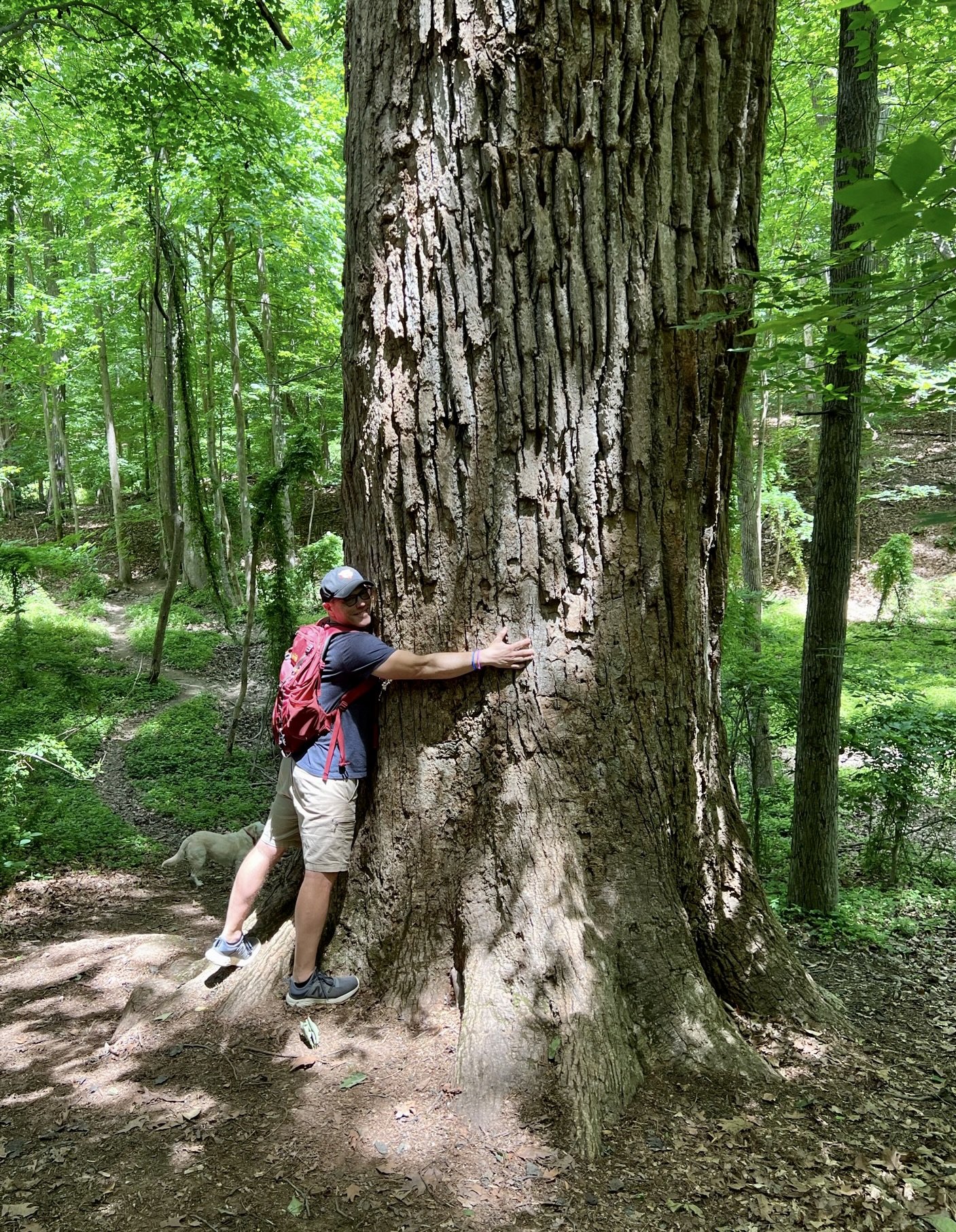
“I had reasoned this out in my mind; there was one of two things I had a right to, liberty, or death; if I could not have one, I would have the other.” - Harriet Tubman
“I thought it was always safe to do right. The Bible, in bidding us to feed the hungry and clothe the naked, said nothing about color, and I should try to follow out the teachings of that good book.” - Levi Coffin
“Character is like a tree and reputation like a shadow. The shadow is what we think of it; the tree is the real thing.” — Abraham Lincoln
The Story -
On a beautiful Sunday afternoon after a busy but fun-filled weekend, Ginger, Sophie, and I hiked almost three miles on a combination of trails in the Guilford Woods at Guilford College including the Underground Railroad Trail. Almost lost in a bustling area of Greensboro near the college filled with development - dorms, houses, restaurants, gas stations, and shops - off Friendly Avenue and Guilford College Road, the revered Underground Railroad Trail serves as a connection to our past and a reminder of the work that is still needed to be done.
Underground Railroad -
The Underground Railroad was a network of clandestine routes and safe houses established in the United States during the early 19th century. It was used by enslaved African Americans primarily to escape into the free states and Canada. The network was assisted by abolitionists and others sympathetic to the cause of the escapees. The enslaved who risked escape and those who aided them are also collectively referred to as the "Underground Railroad". Each region’s underground railroad was different and adapted to the local conditions and environment. It ran north and grew steadily until the Emancipation Proclamation was signed by President Abraham Lincoln in 1863. One estimate suggests that by 1860, approximately 150,000 enslaved people had escaped via the network.
Guilford Woods & New Garden Friends -
Known as the New Garden Woods in the 1800s, Guilford Woods is and feels like a sacred place. At almost 250 acres and located within the historically Quaker New Garden and Guilford College community, it encompasses an old-growth forest and an impressive three-hundred-year-old tulip poplar tree standing as a silent witness to Underground Railroad activities. And although surrounded by development on all sides, once you leave the road you are almost immediately immersed in the peacefulness of the forest.
Local Quakers, referred to as “Friends”, were abolitionists and were known to bring food, water, and supplies to freedom seekers hiding in the woods. Students and teachers from Guilford College, including Levi Coffin, were known for helping people hiding in those nearby woods, as well as providing education for African-Americans who were free from slavery. Through his efforts in Greensboro and later in Indiana and Ohio, Coffin would become known as the “President of the Underground Railroad.”
Underground Railroad Trails -
Parking next to an open field beside a beautiful lake with a sandy beach used by students on the northeast side of the idyllic Guilford College campus, we walked about half a mile on a paved narrow one-way road to reach one of several viable trailheads. There are no maps or guides to follow, yet we did notice several trail blazes and started our hike on the red-blazed trail. The gentle winding trail guided us through a mature hardwood forest next to a rambling creek while crossing over several other trails along the way. Using the navigation app Gaia on my phone, we were able to explore the different trails by combining the red, yellow, and green blazes to form a loop. Along the way, we stopped by a platform to view the massive tulip poplar tree, spotted several deer, and crossed over the creek on wooden footbridges several times. A somber feeling overtook me as I imagined myself trying to navigate the trails in the dark of the night, without my GPS, lost, scared, and alone like the thousands of freedom seekers of centuries ago.
Wrap It Up -
Our hike on Sunday was a peaceful, solemn yet joyful walk in the woods with an added element of historical significance. And while the trails are not anything extraordinary, minus the amazing tree, the feeling of hiking in history is worth the visit. You will feel a connection to the past and hopefully the motivation to improve tomorrow.
The Boogerman Will Find You
















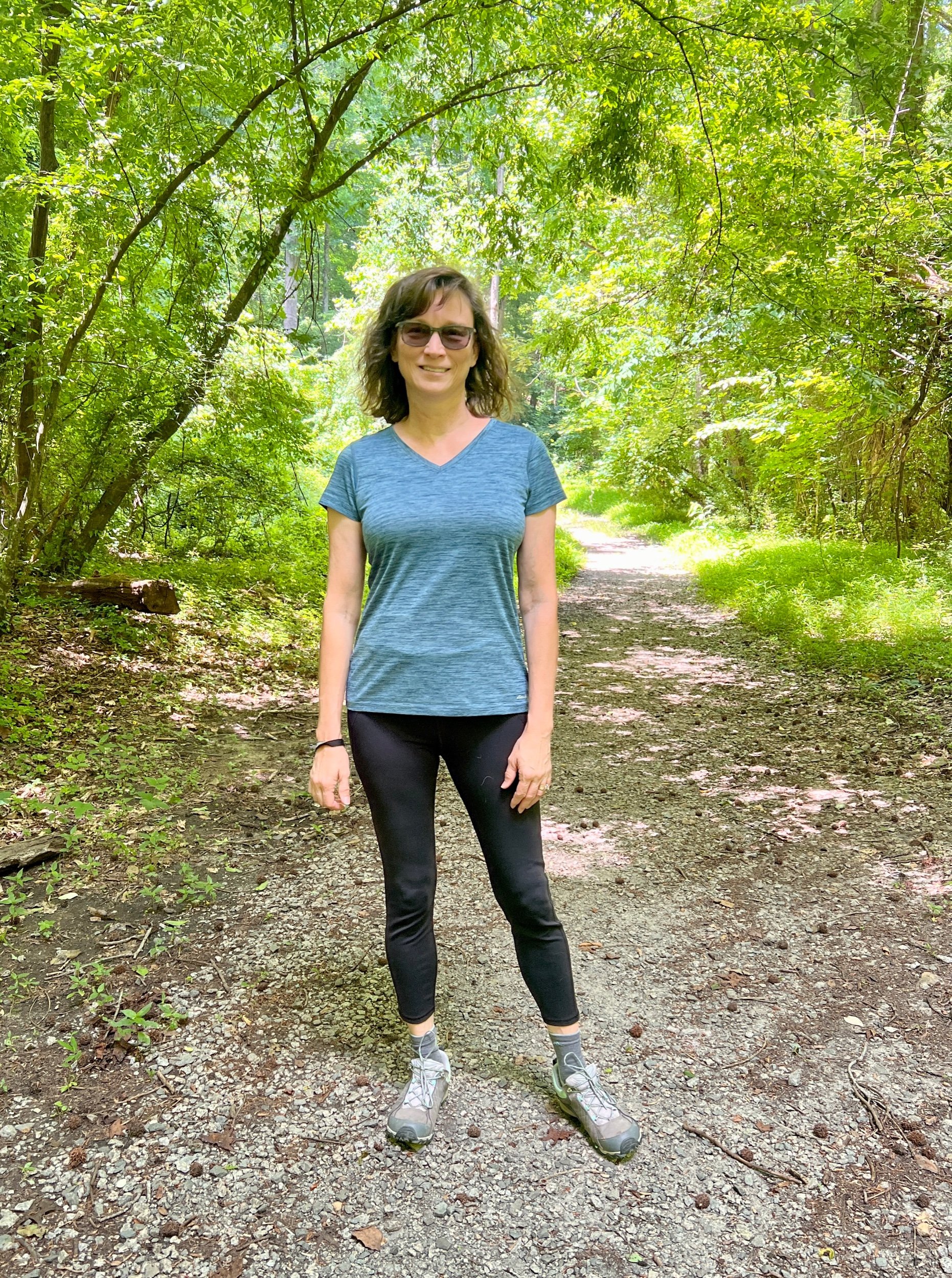







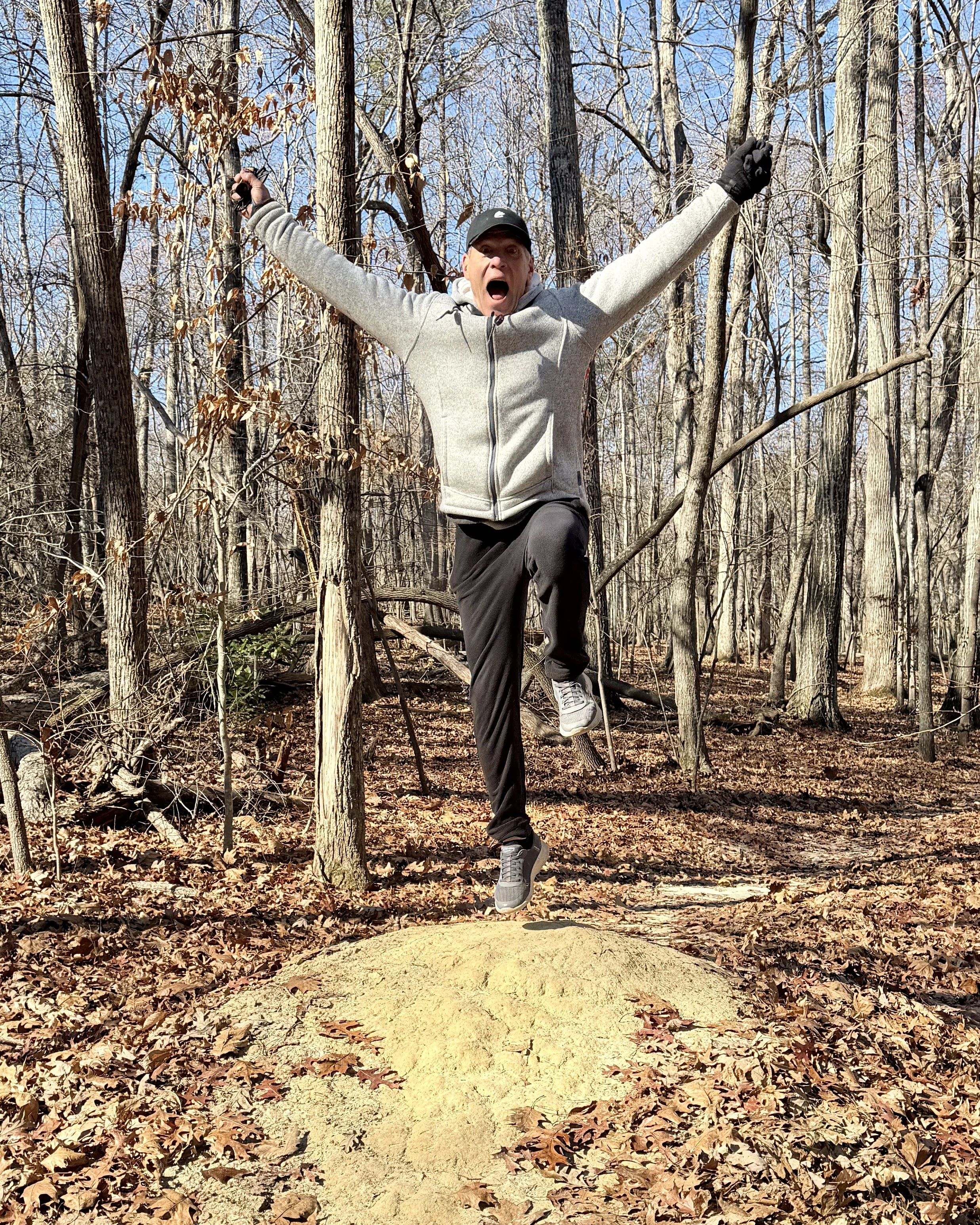
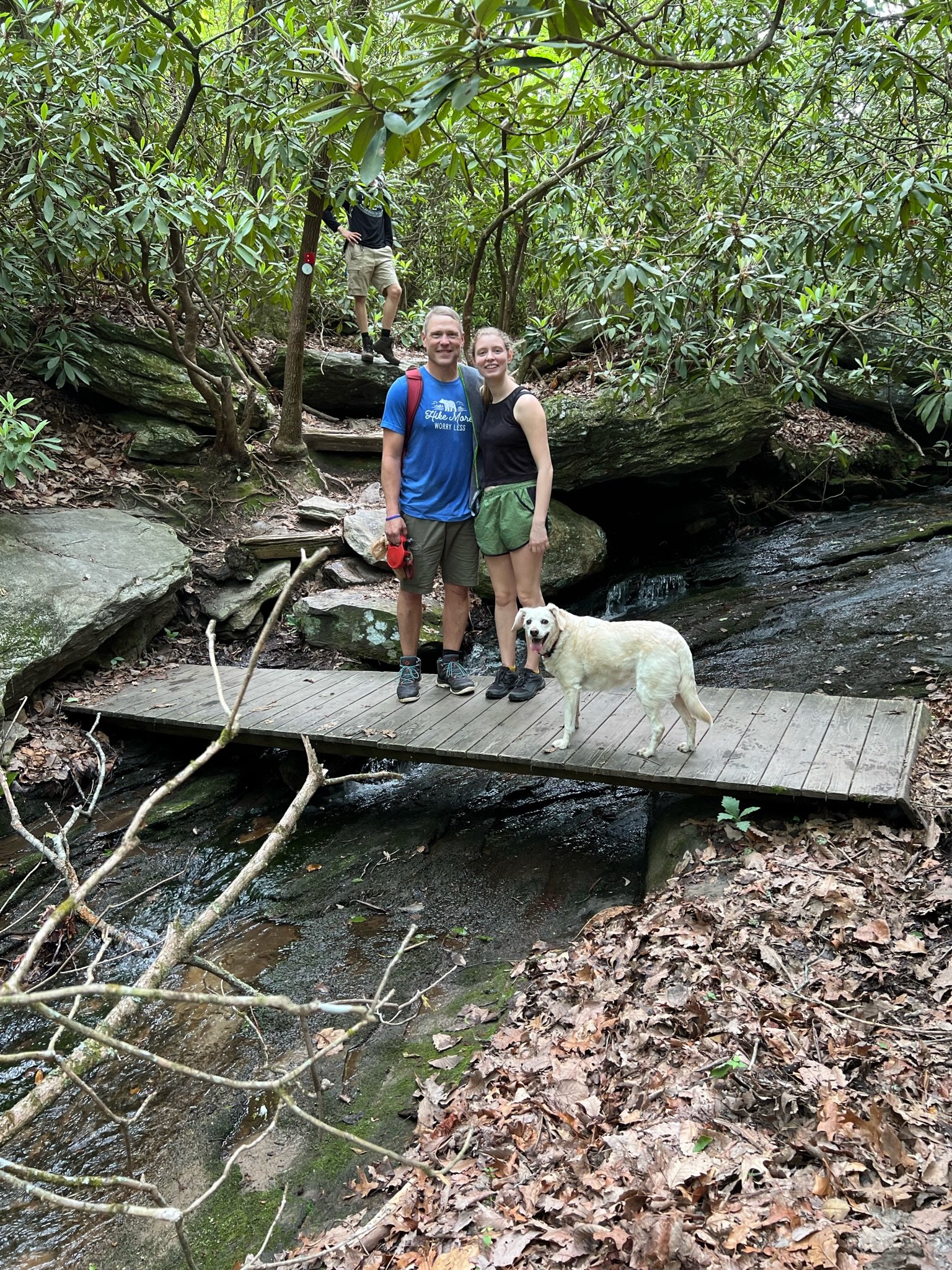
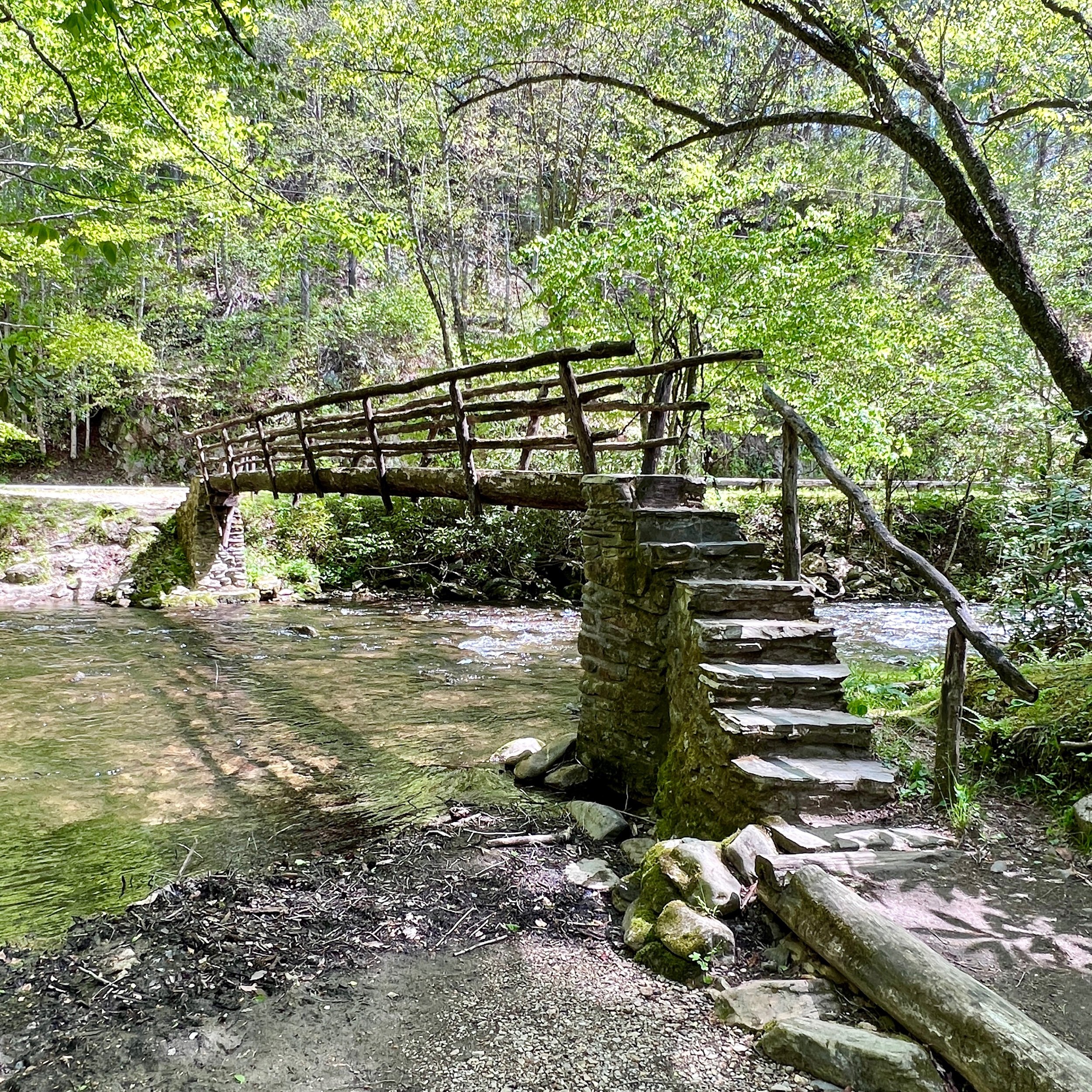
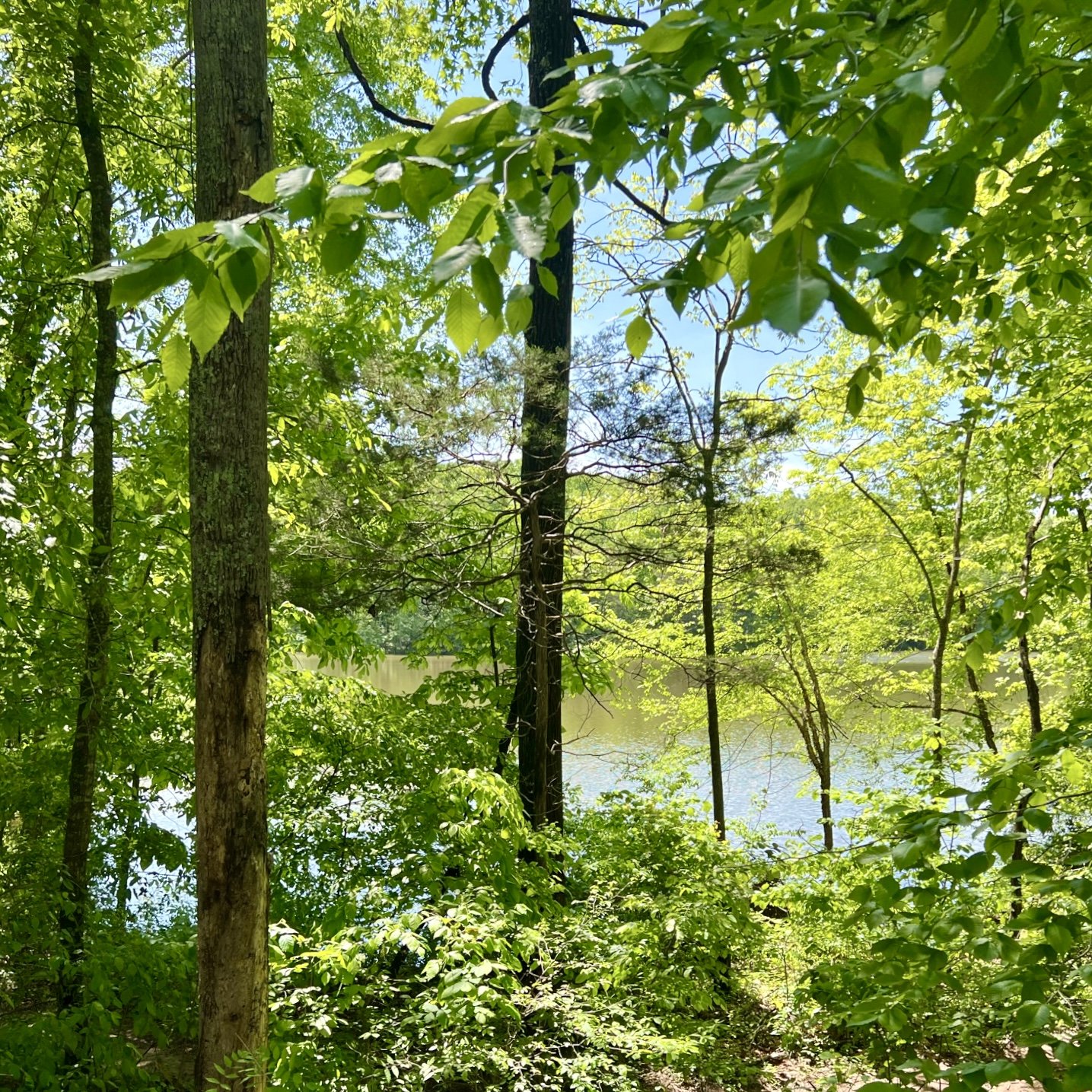

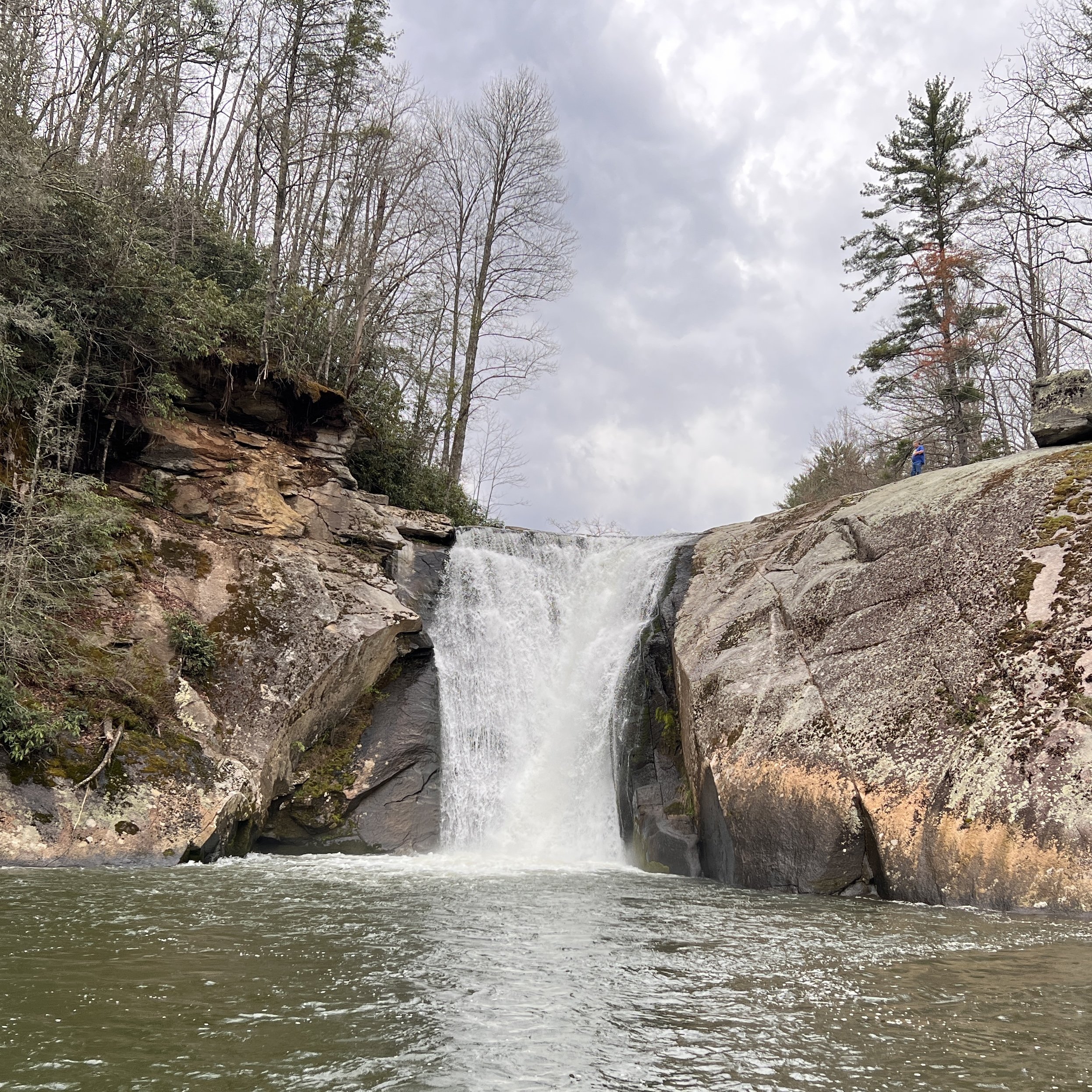
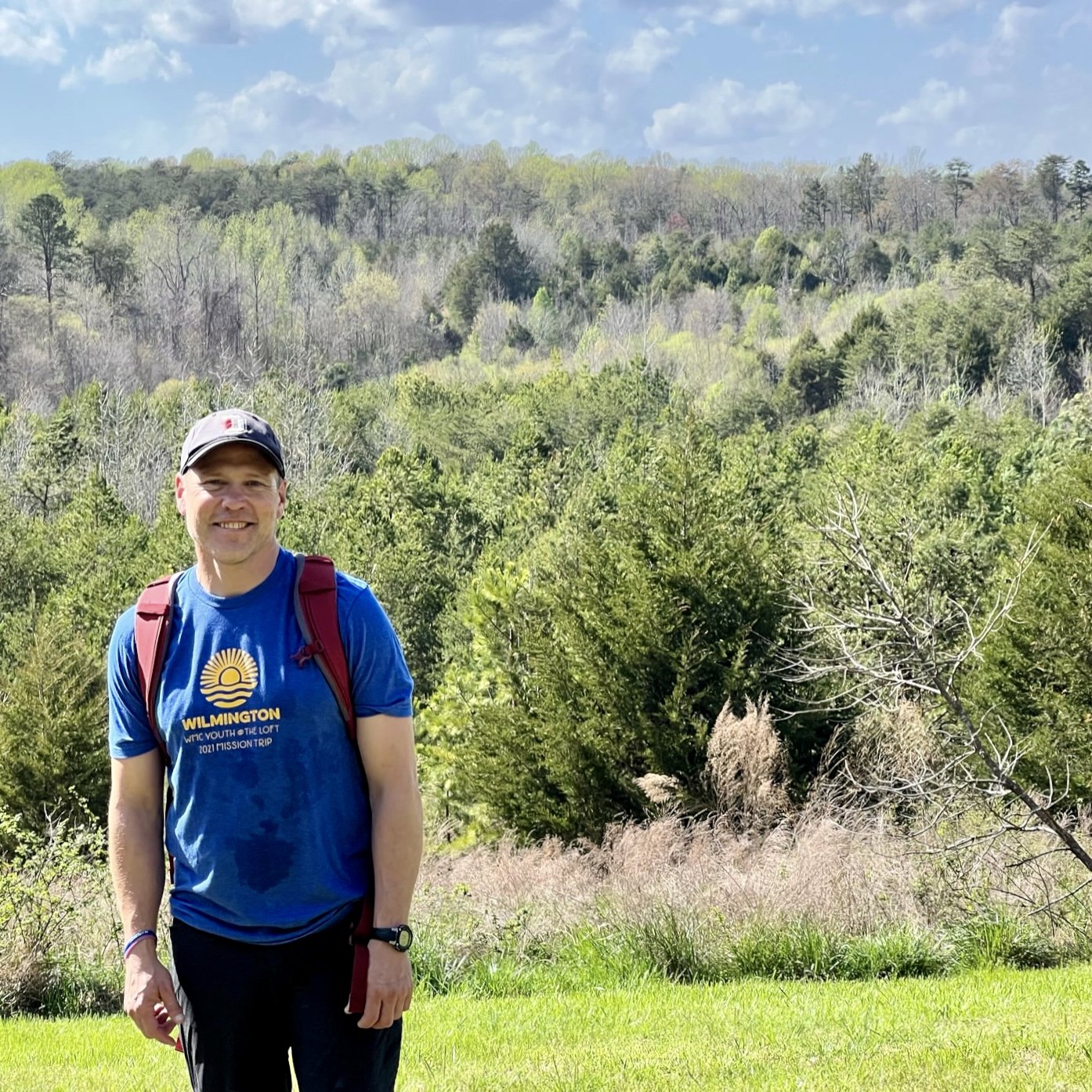

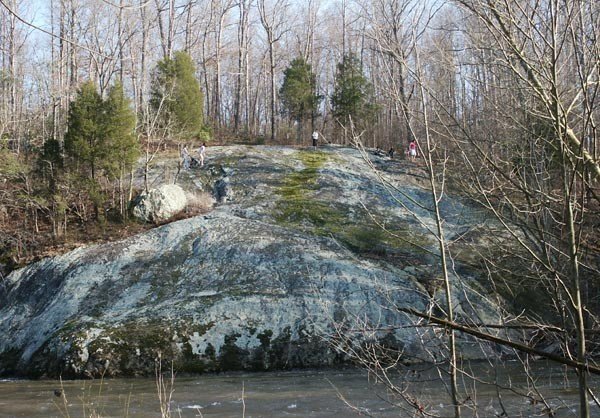
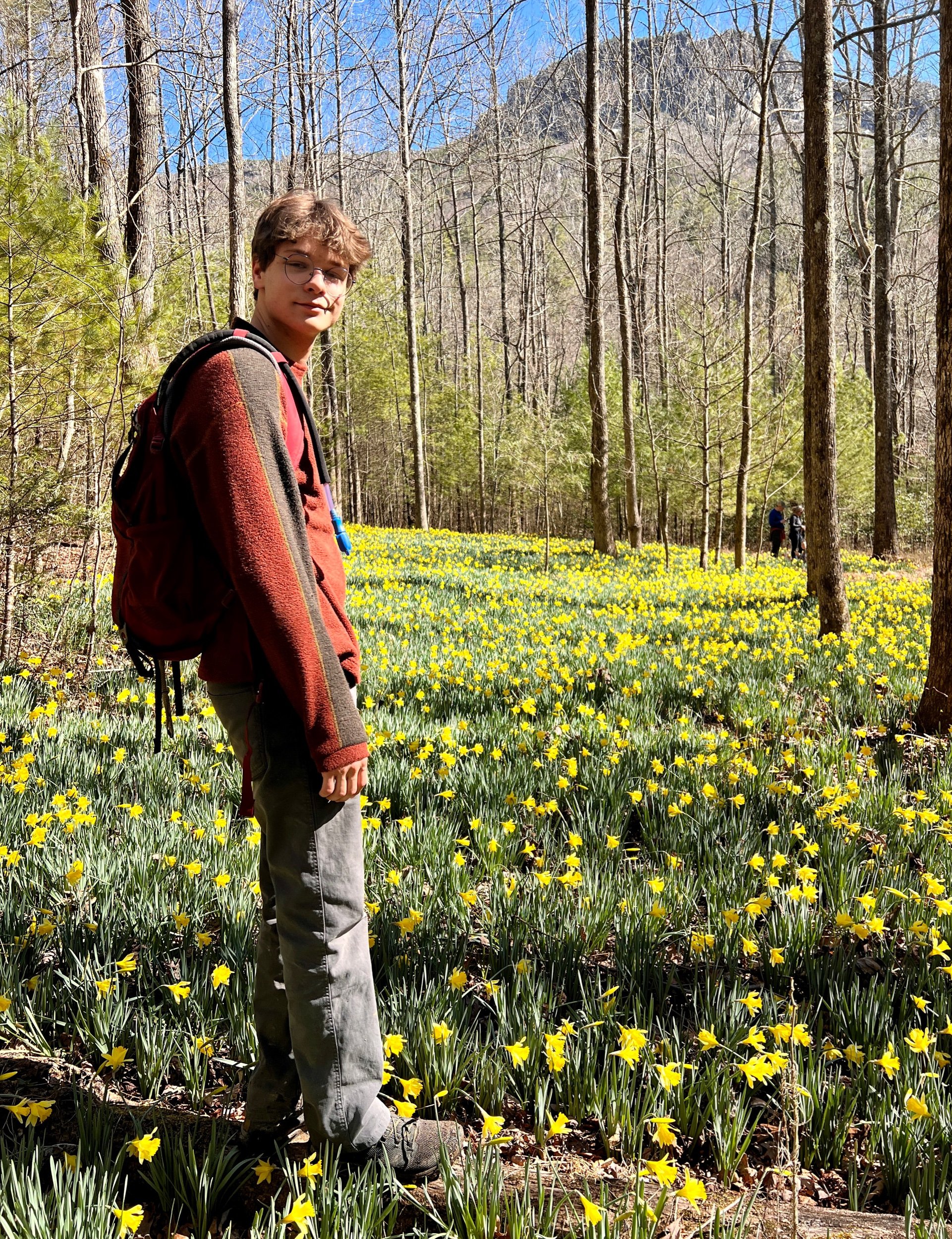
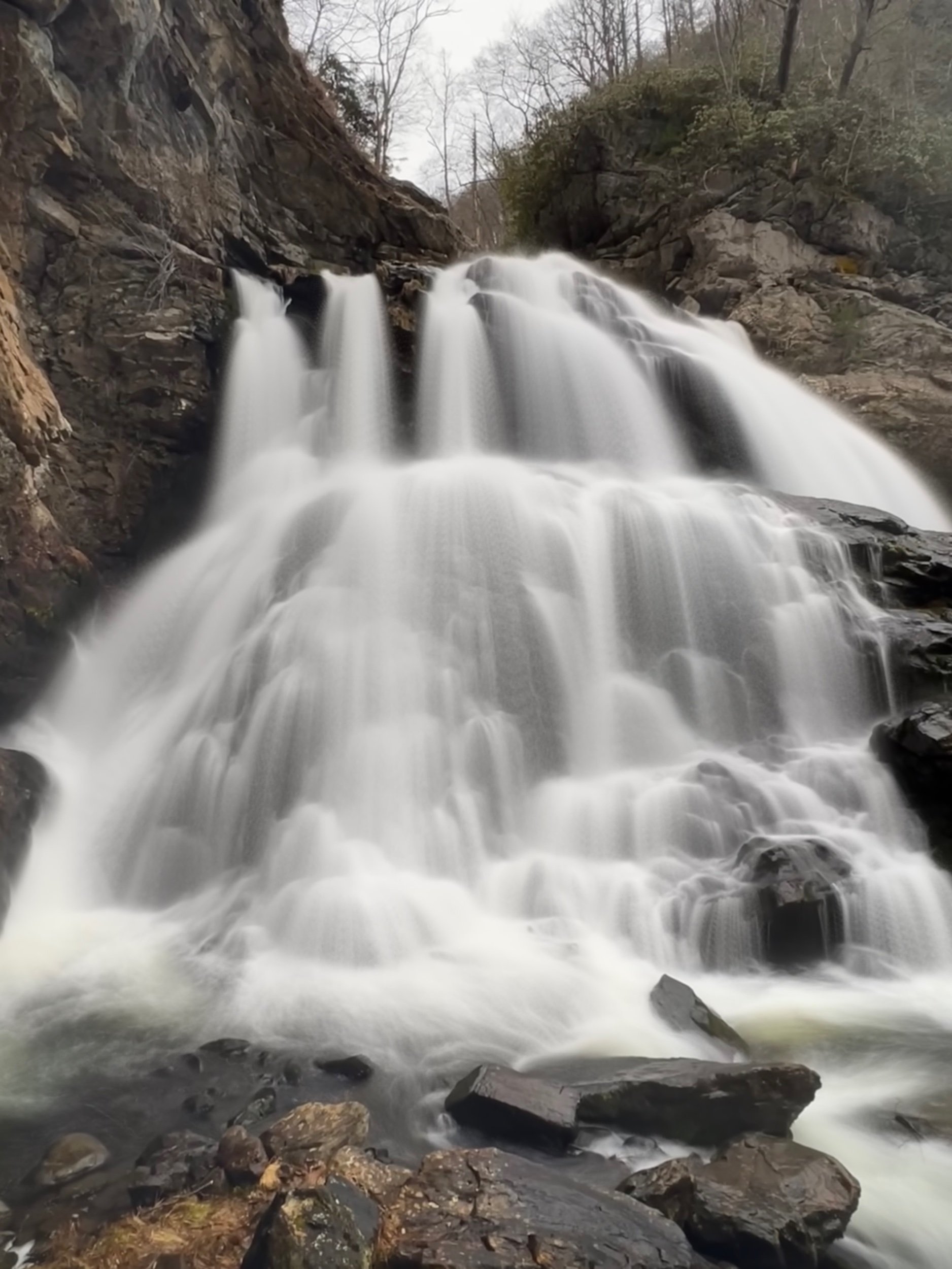
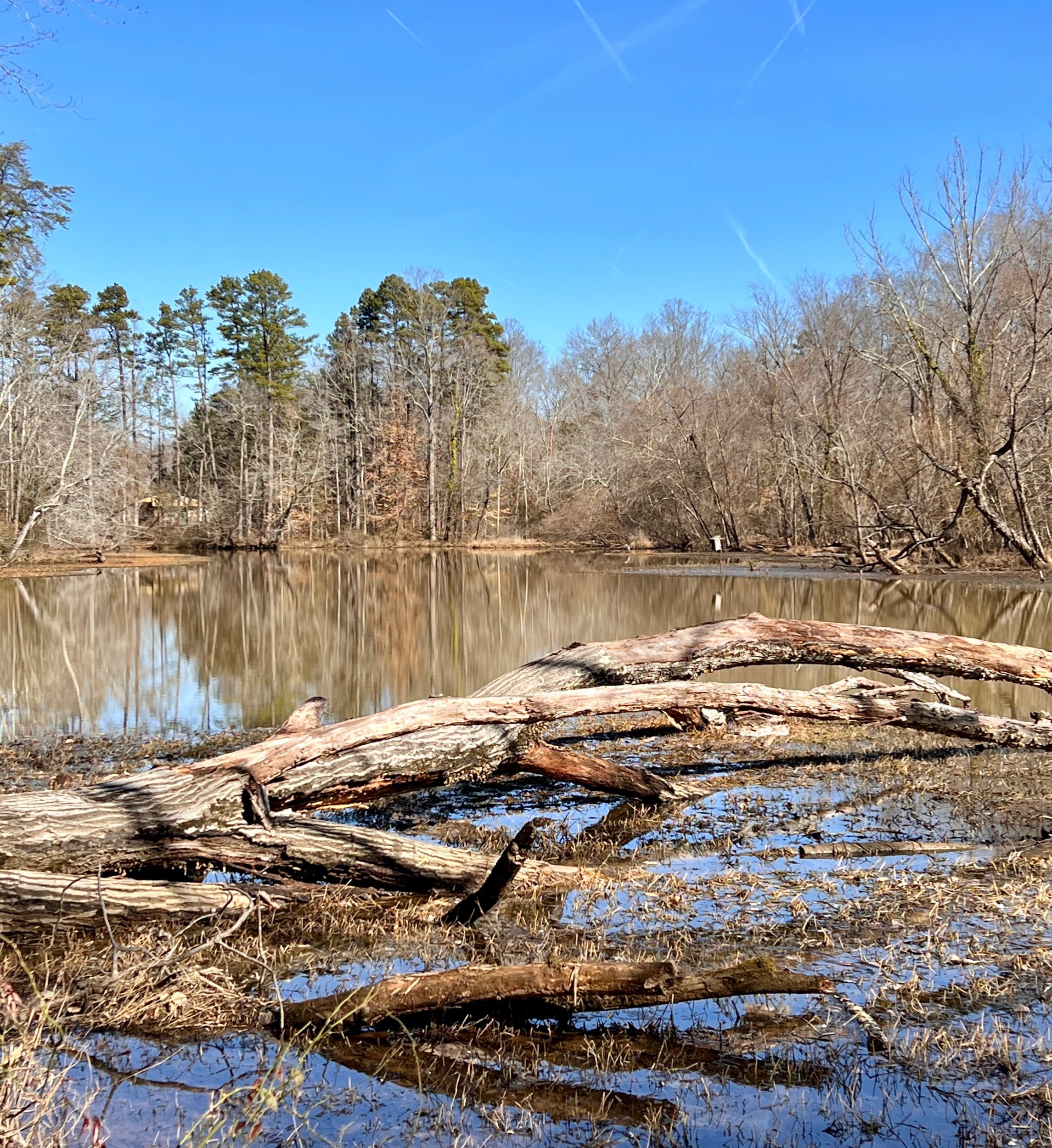
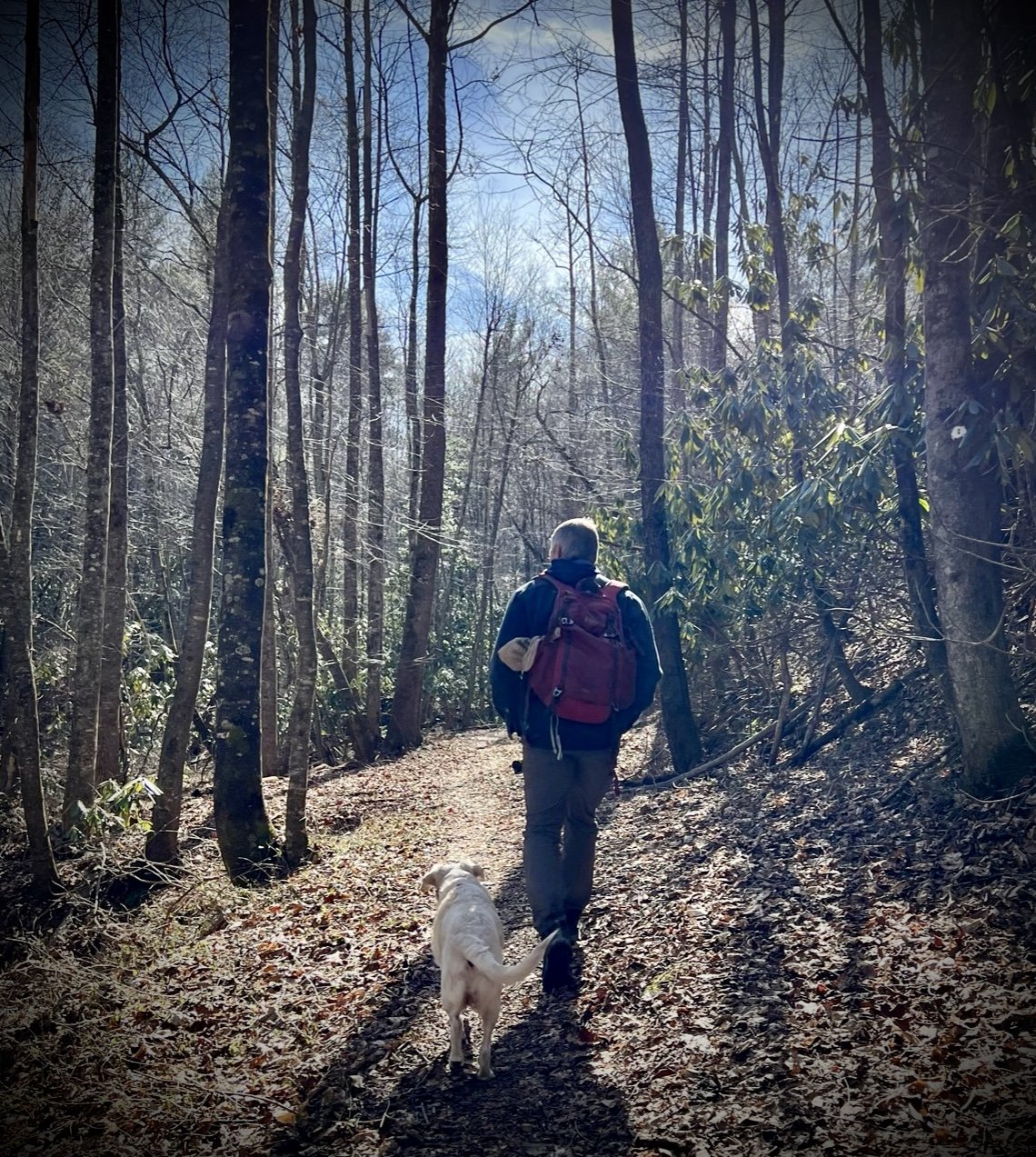
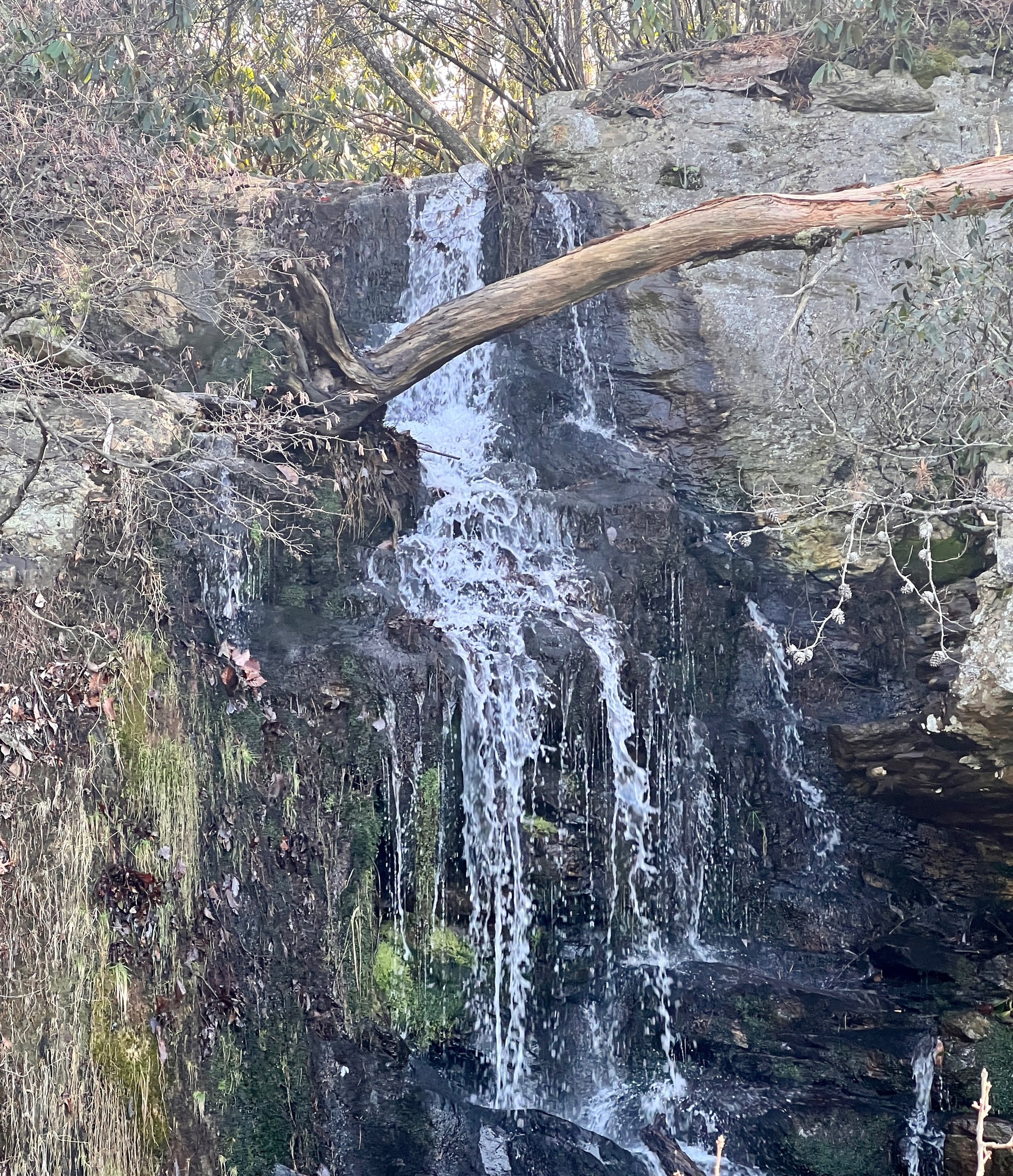
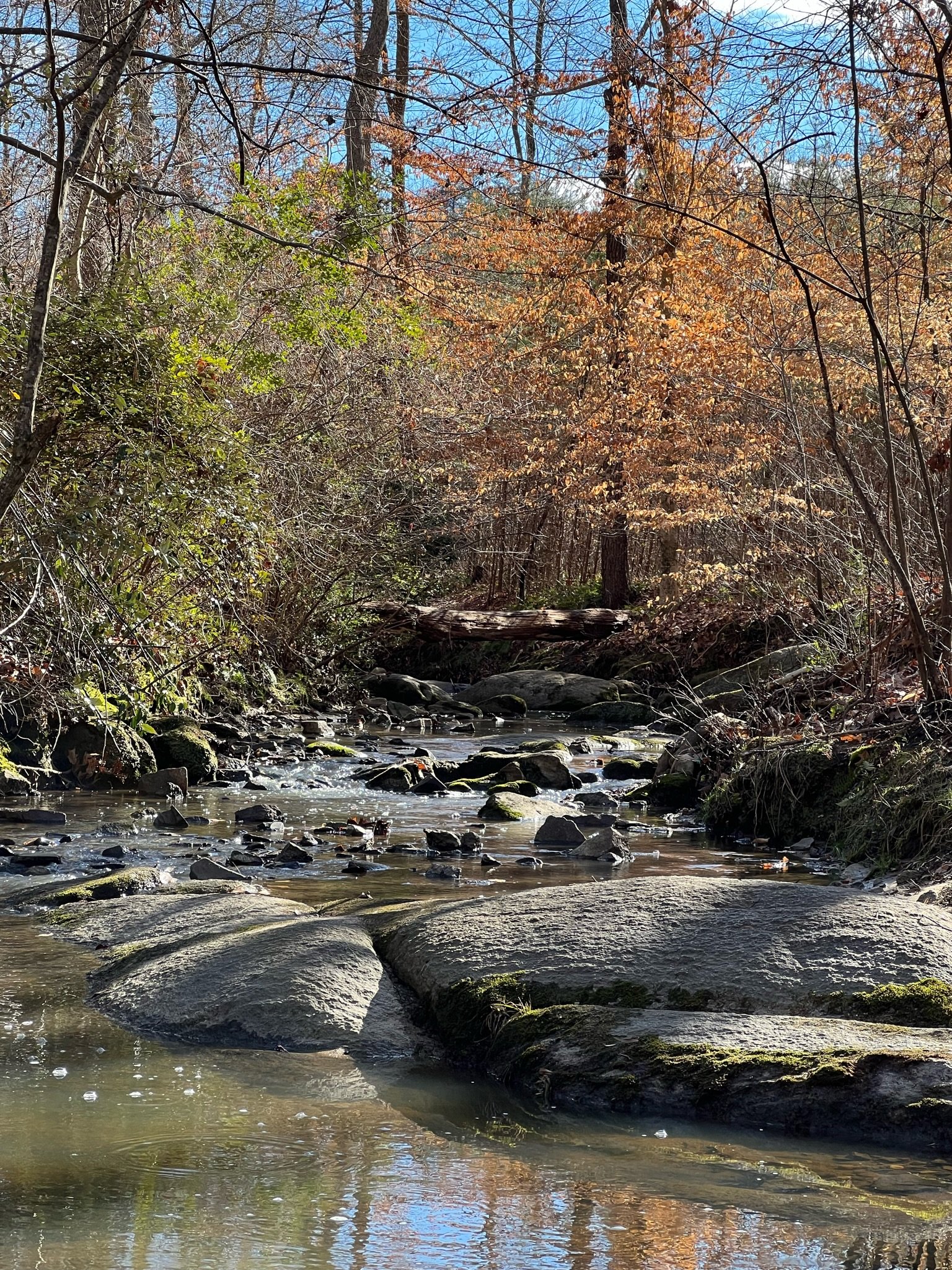
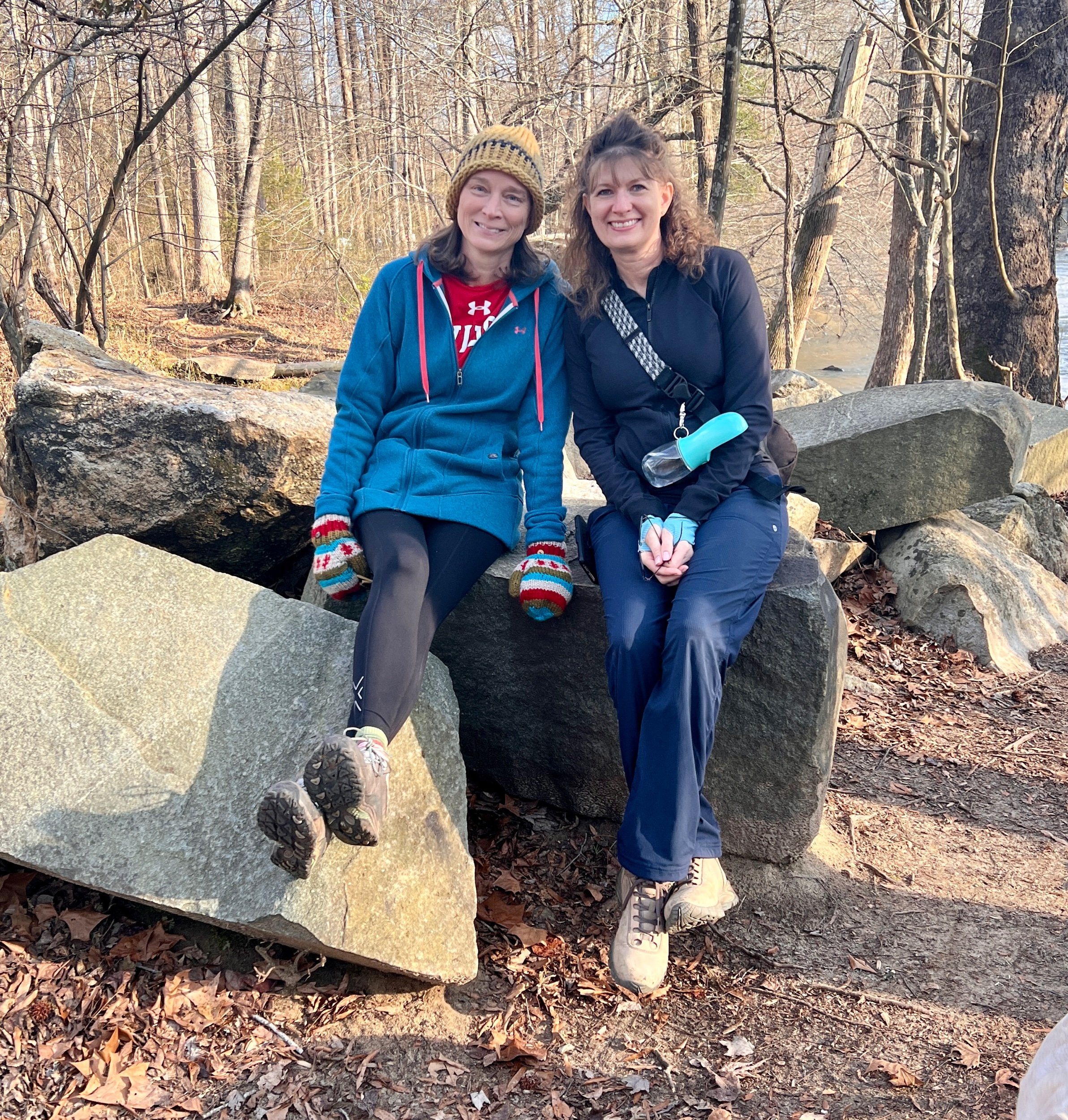
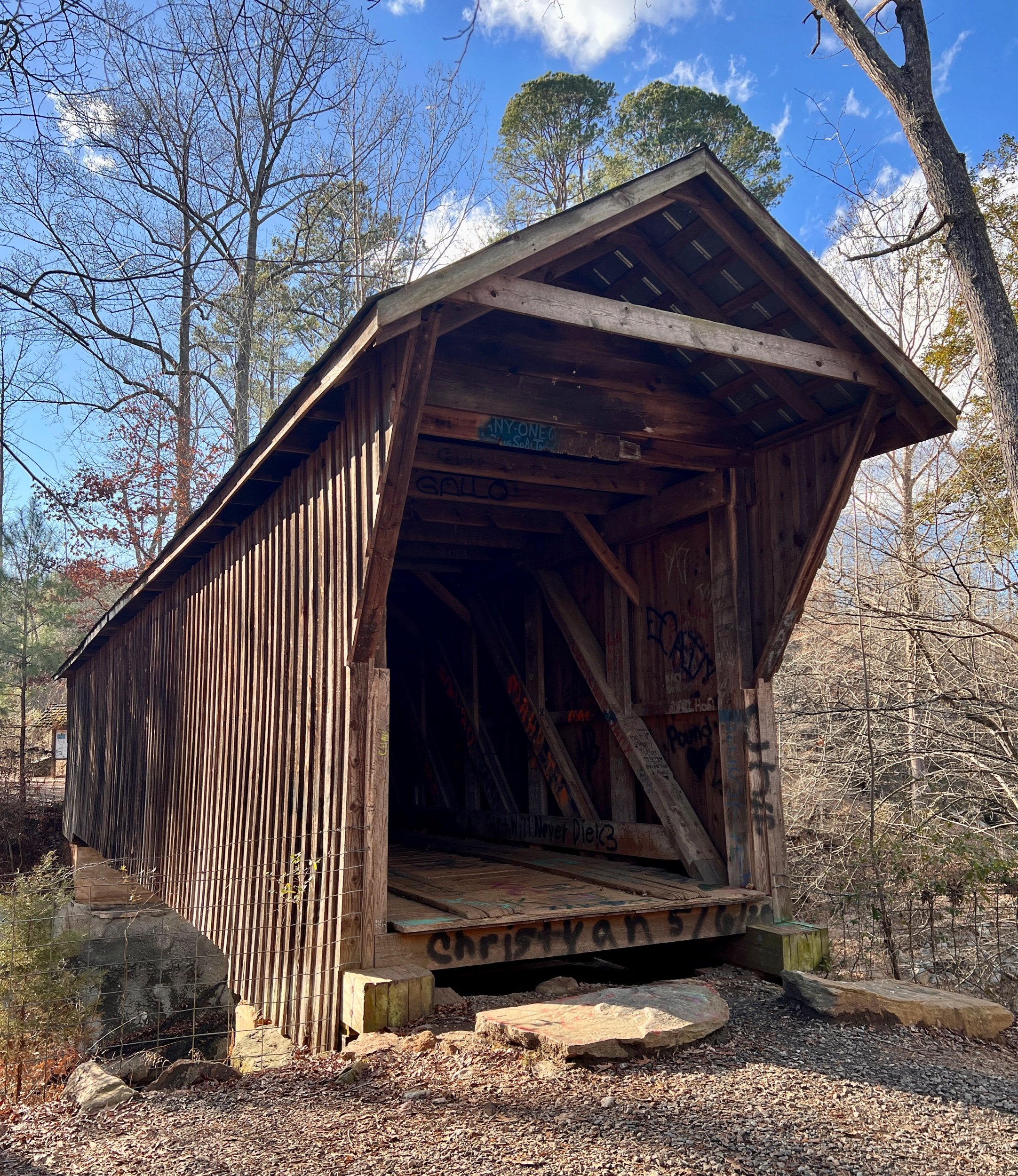
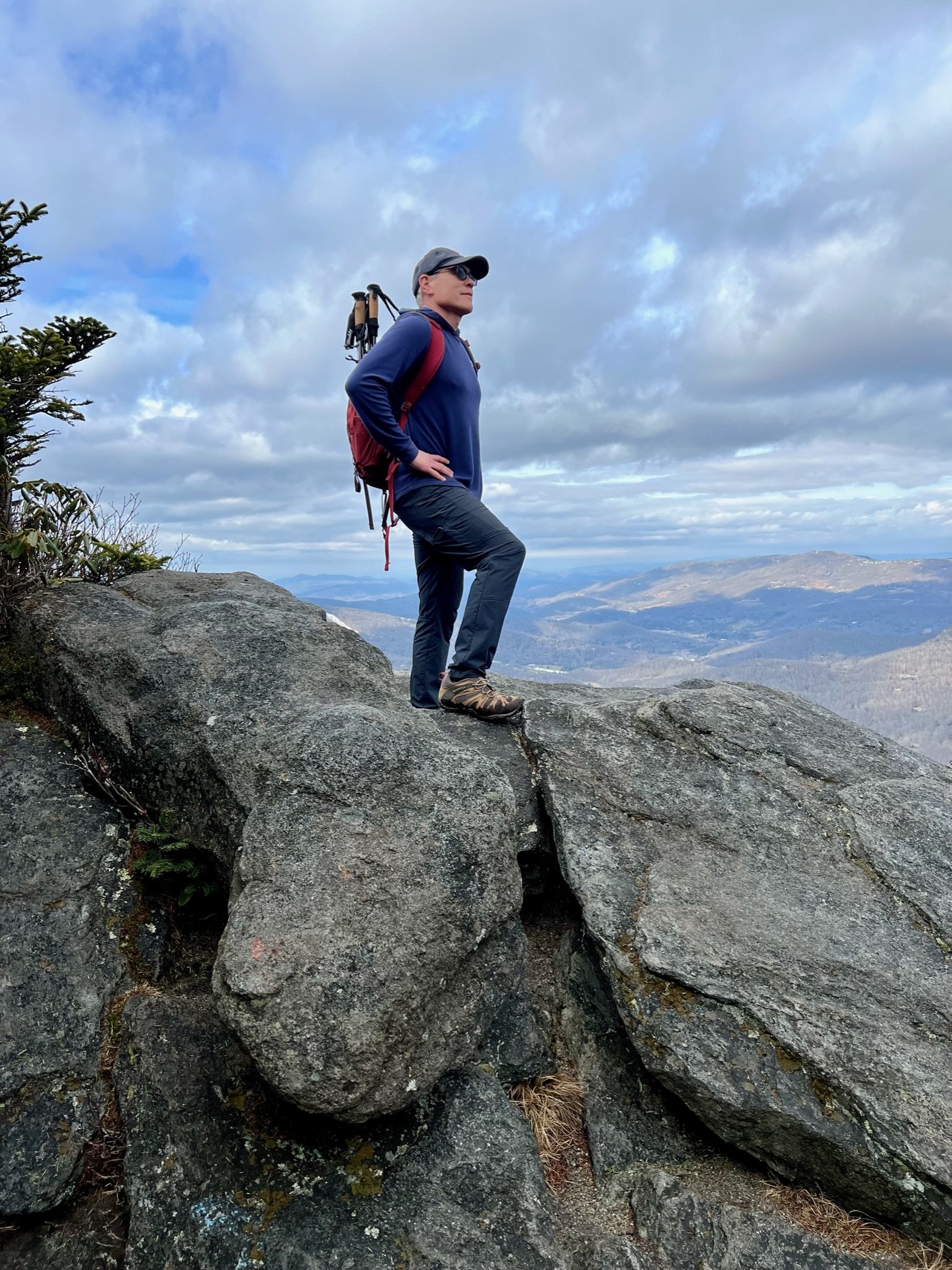
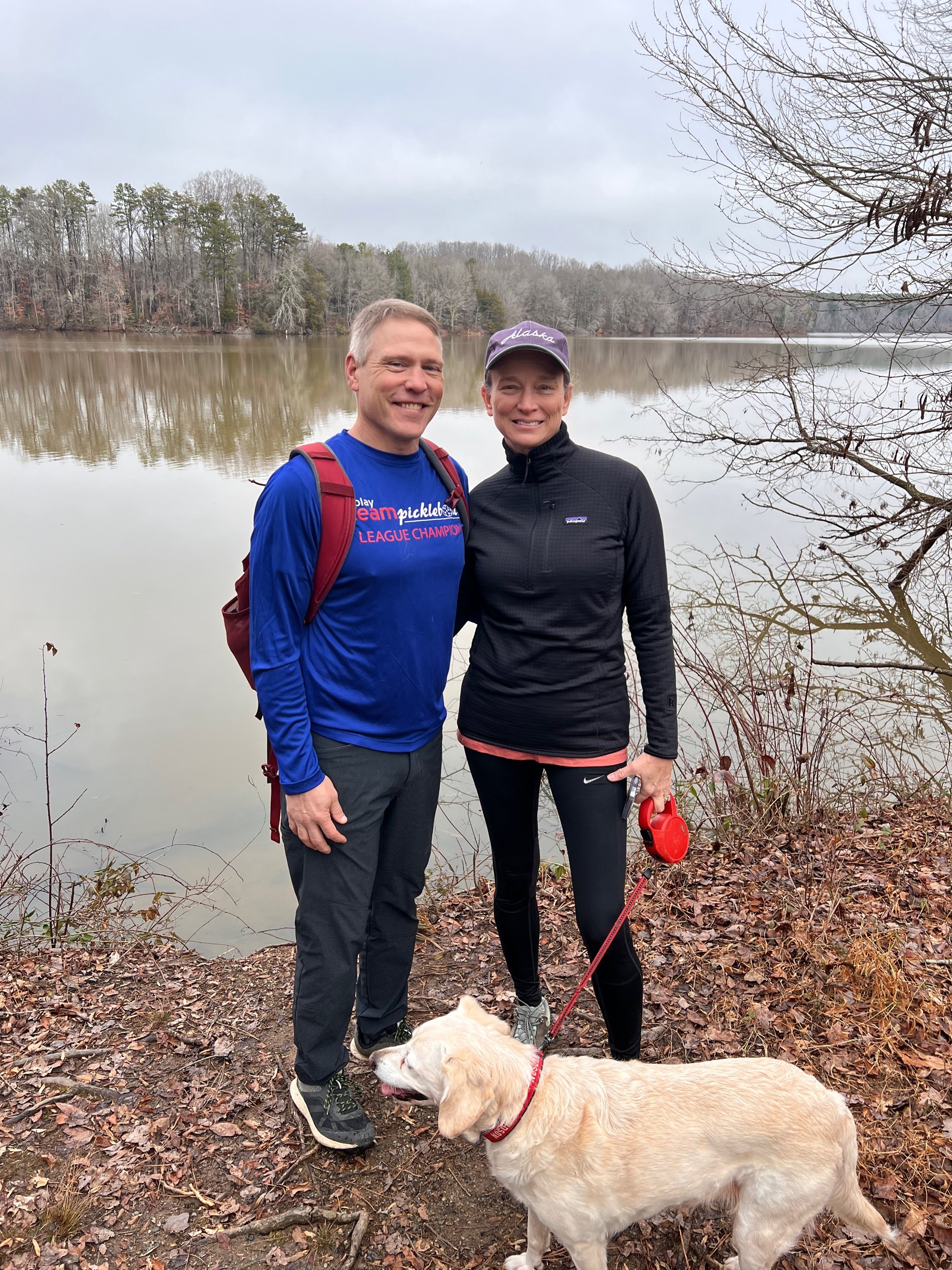
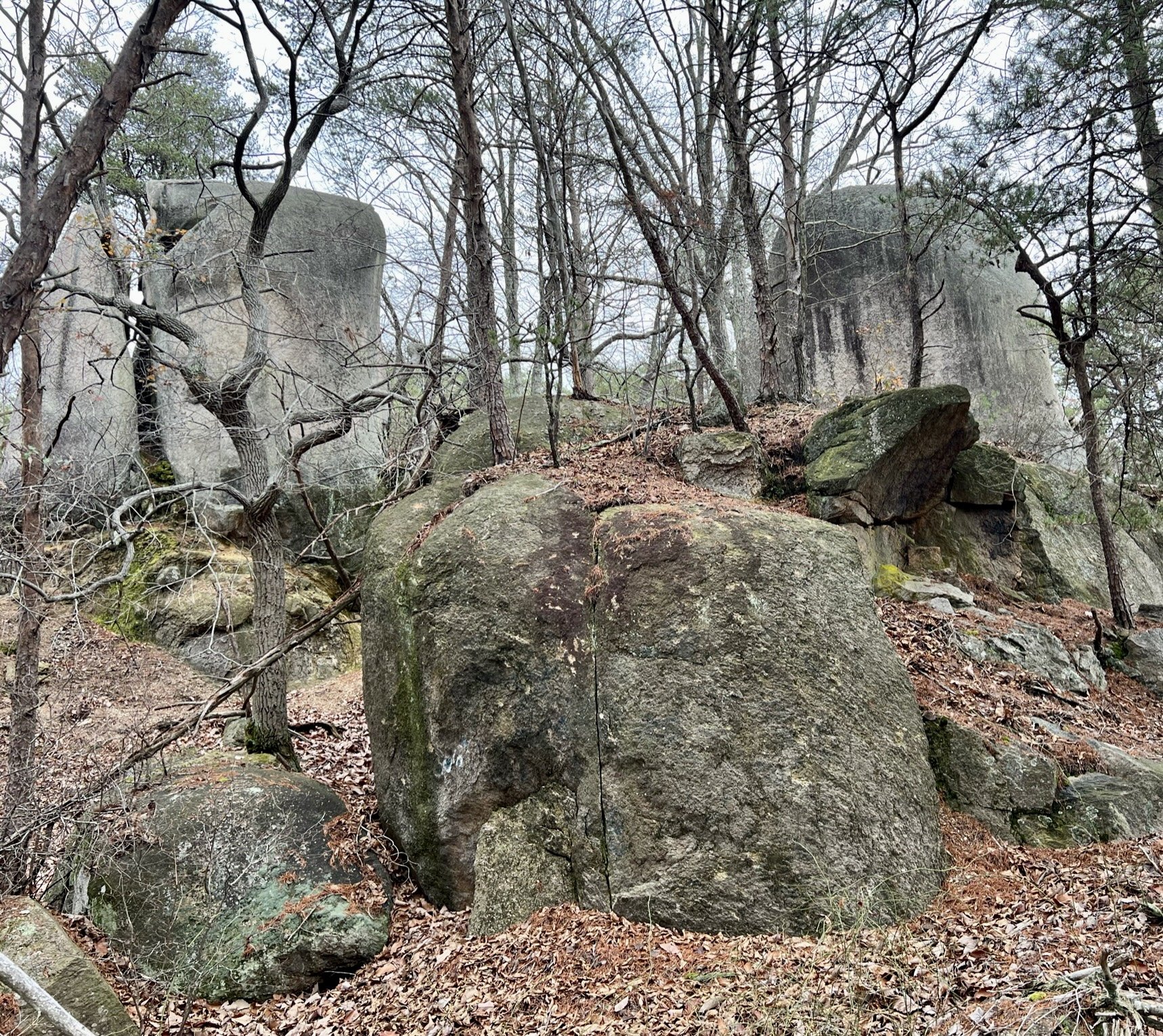
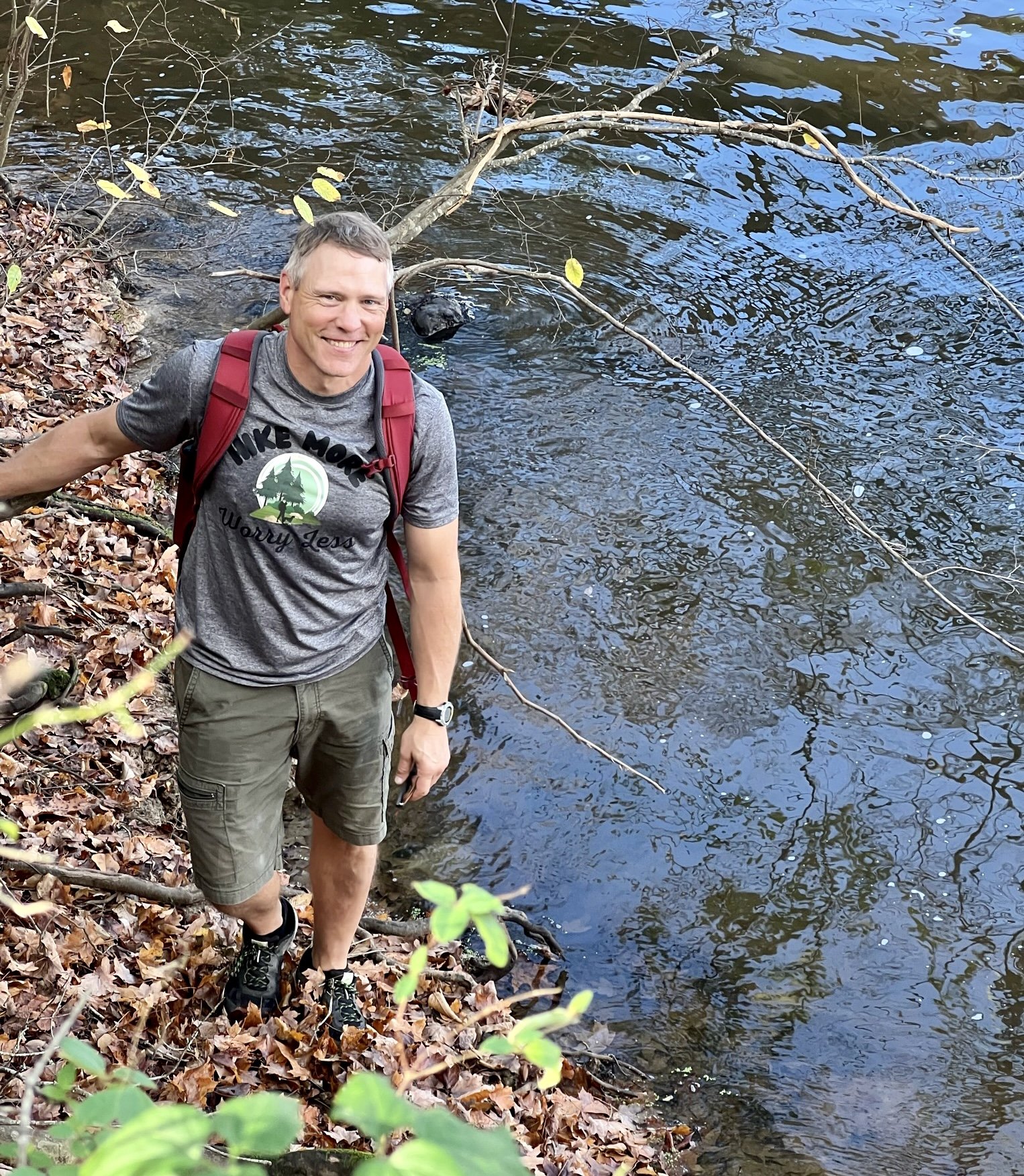
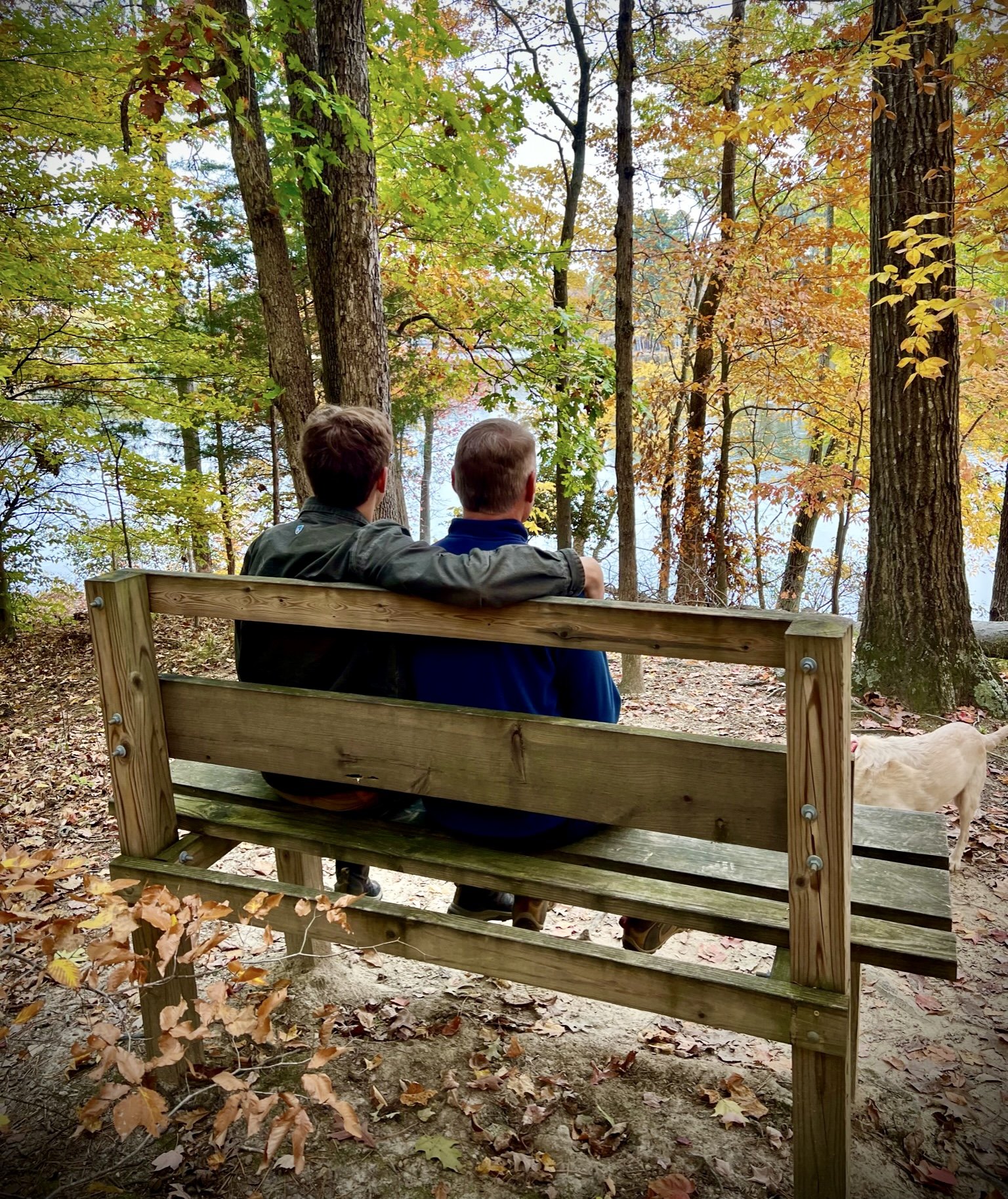
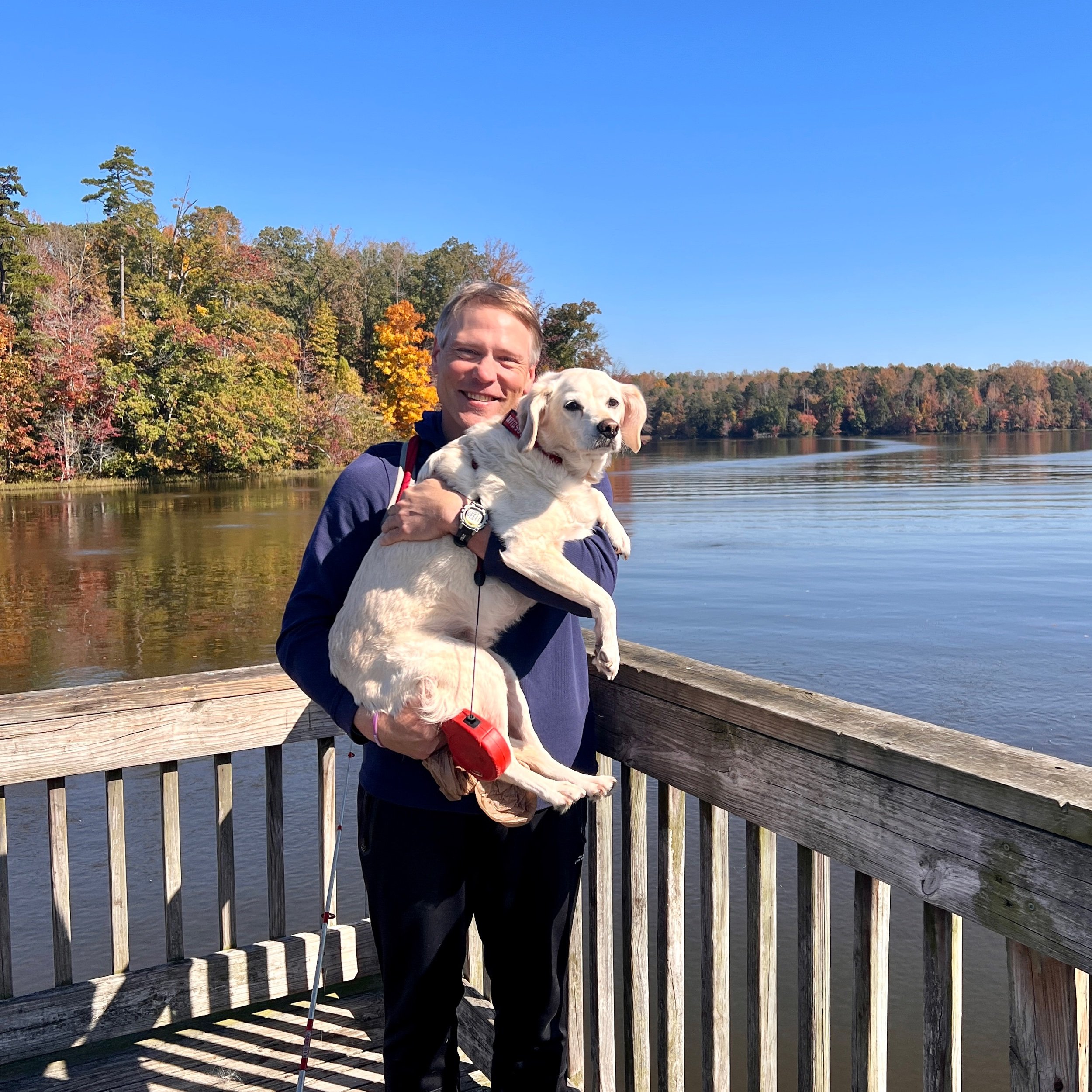
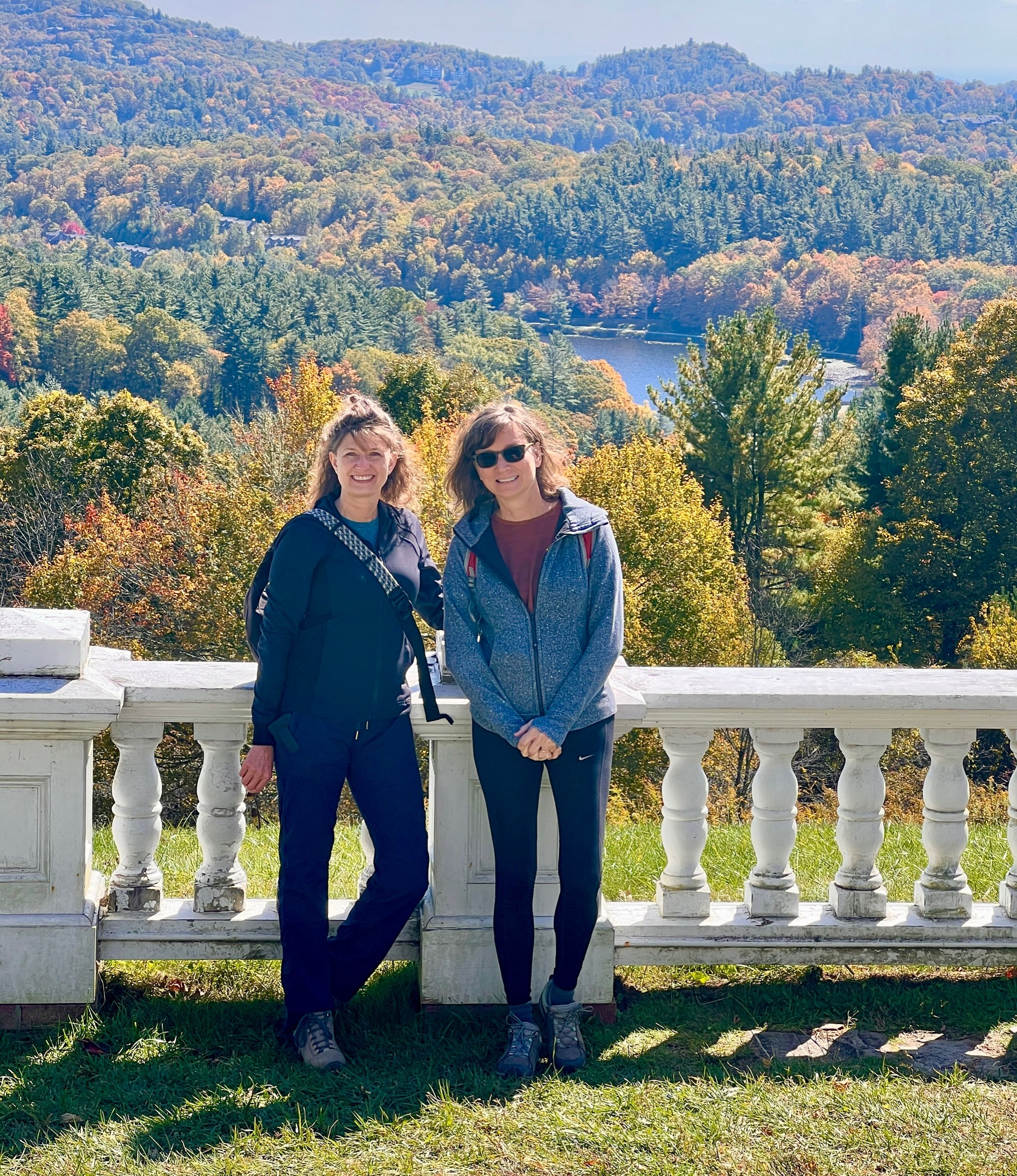
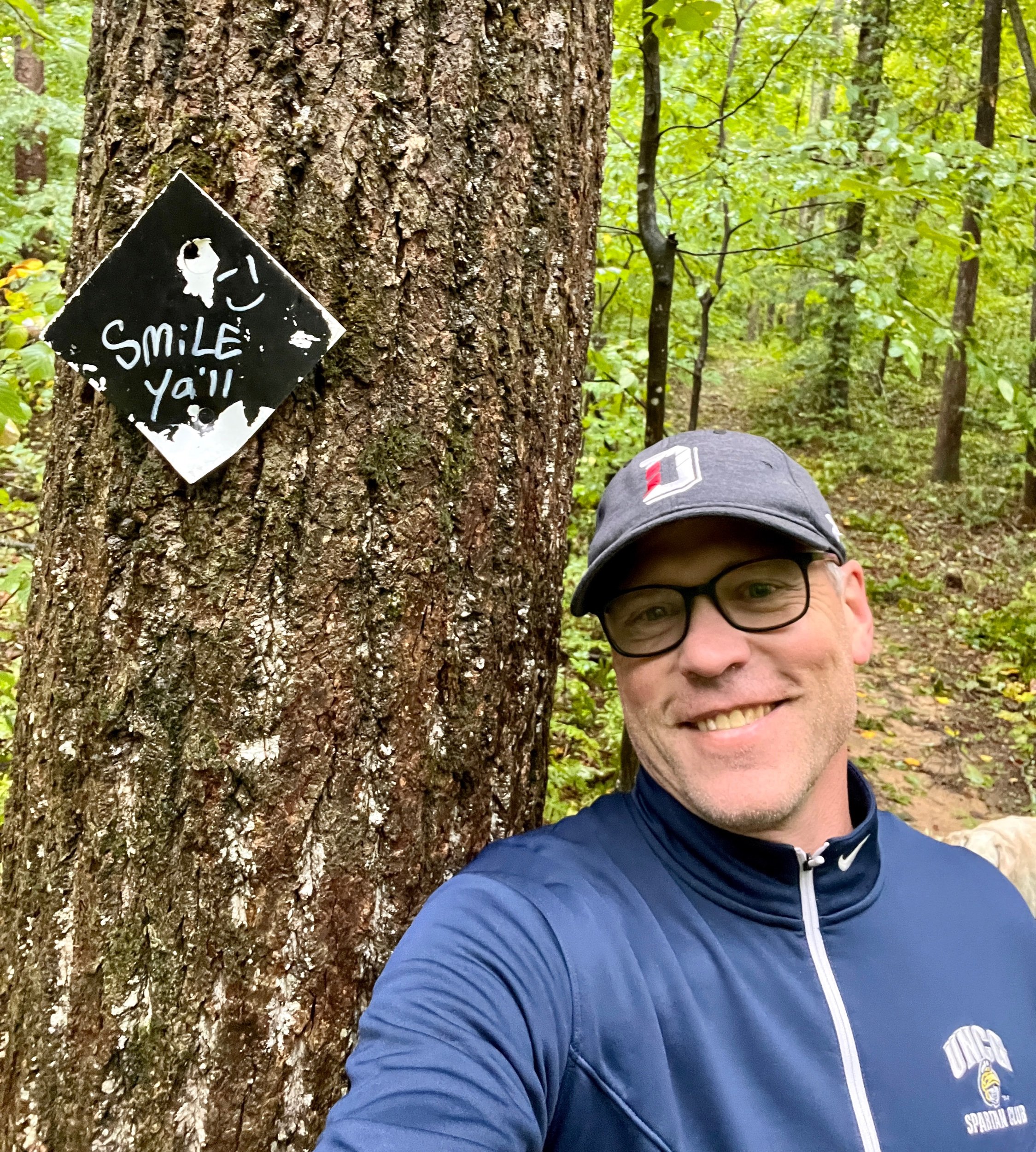
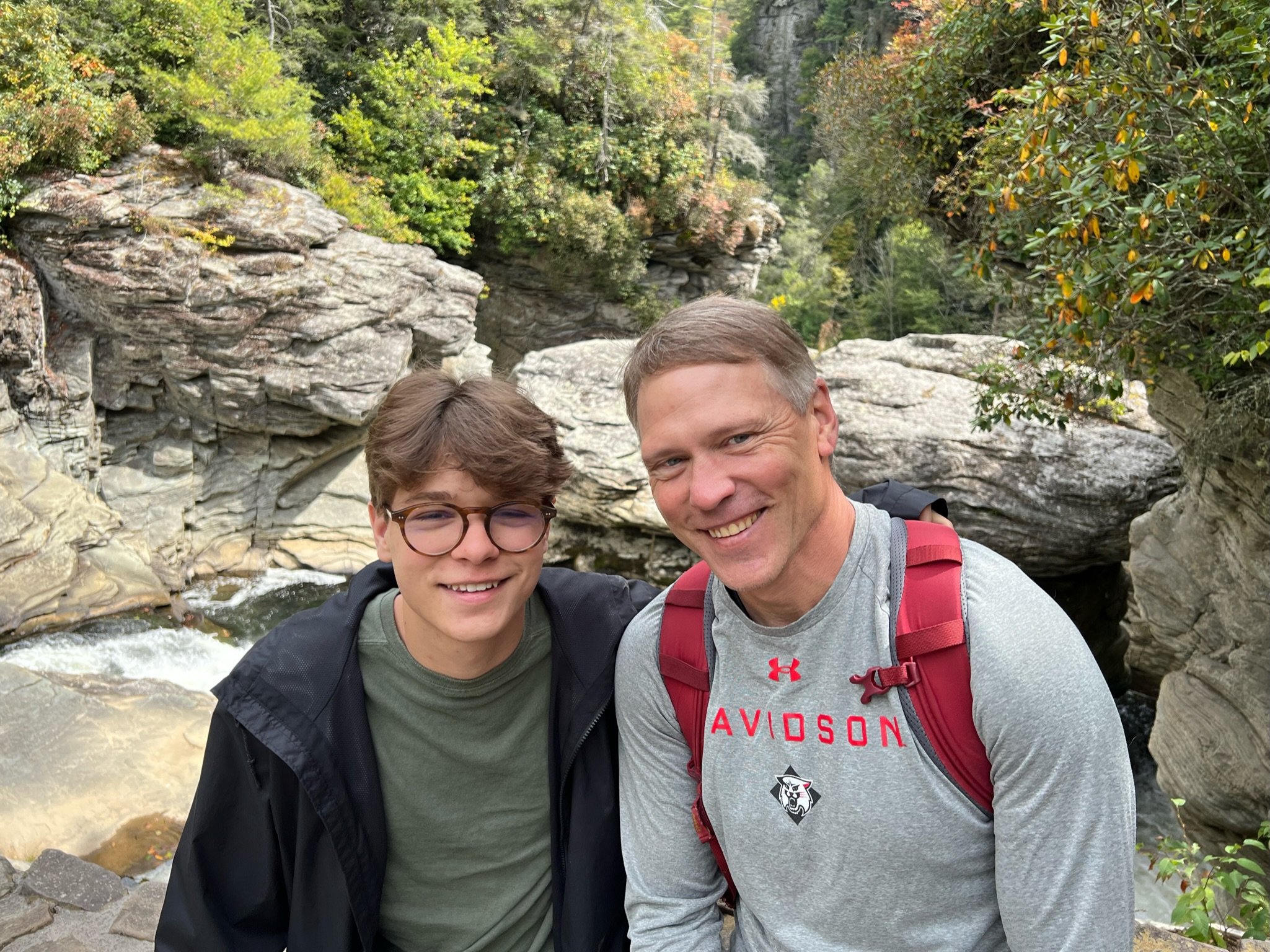

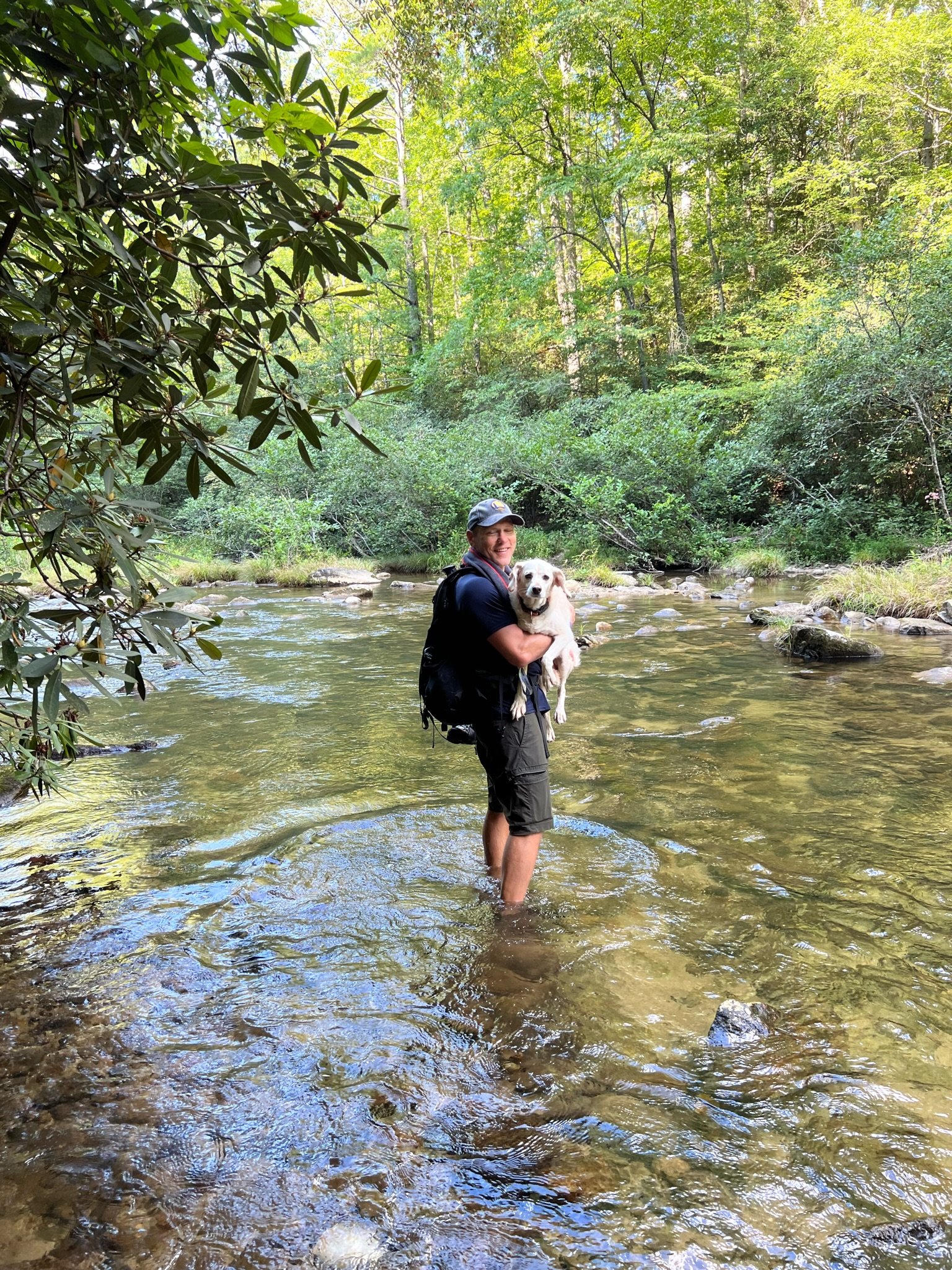
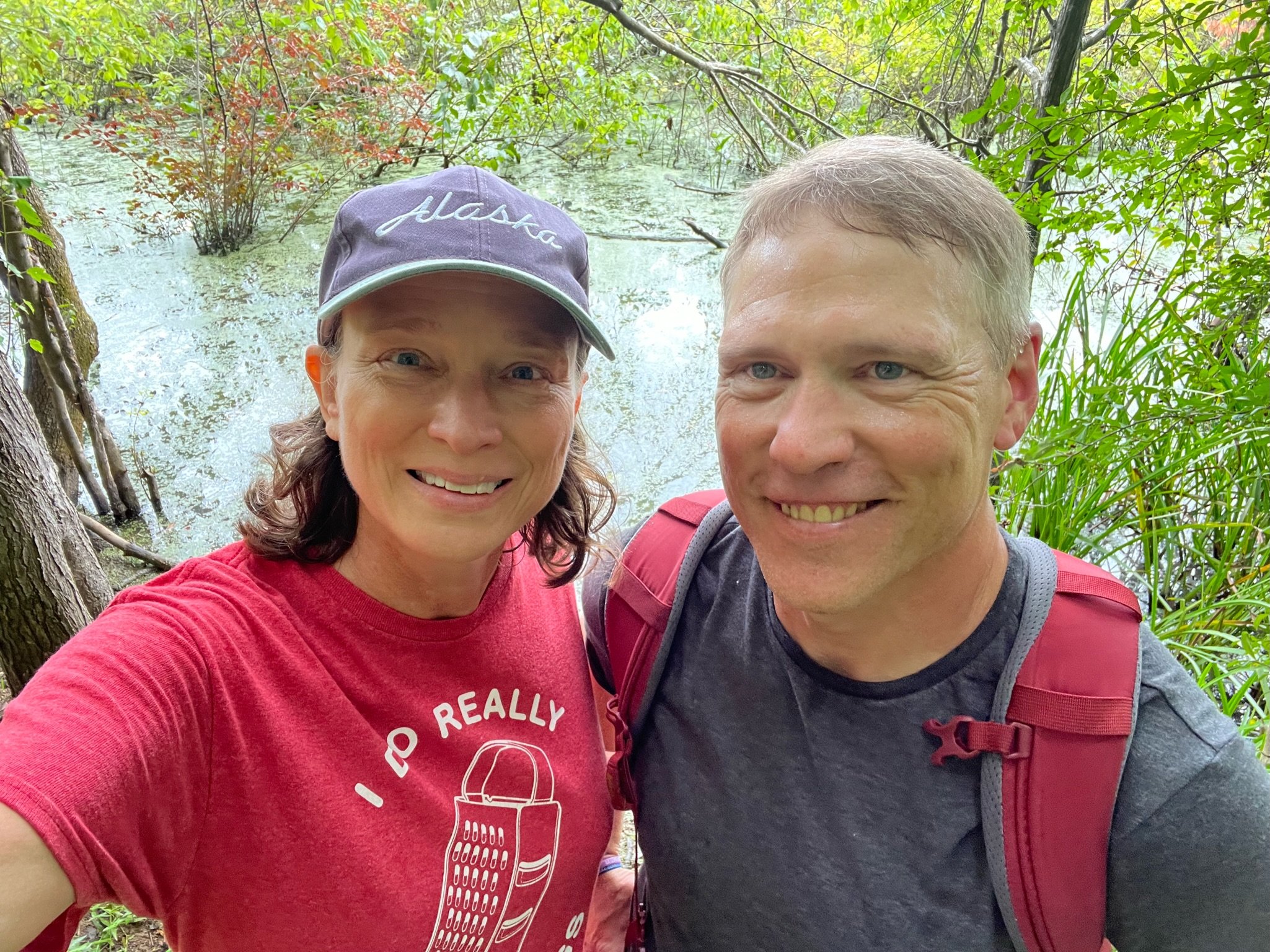
Magic Mushroom Ride